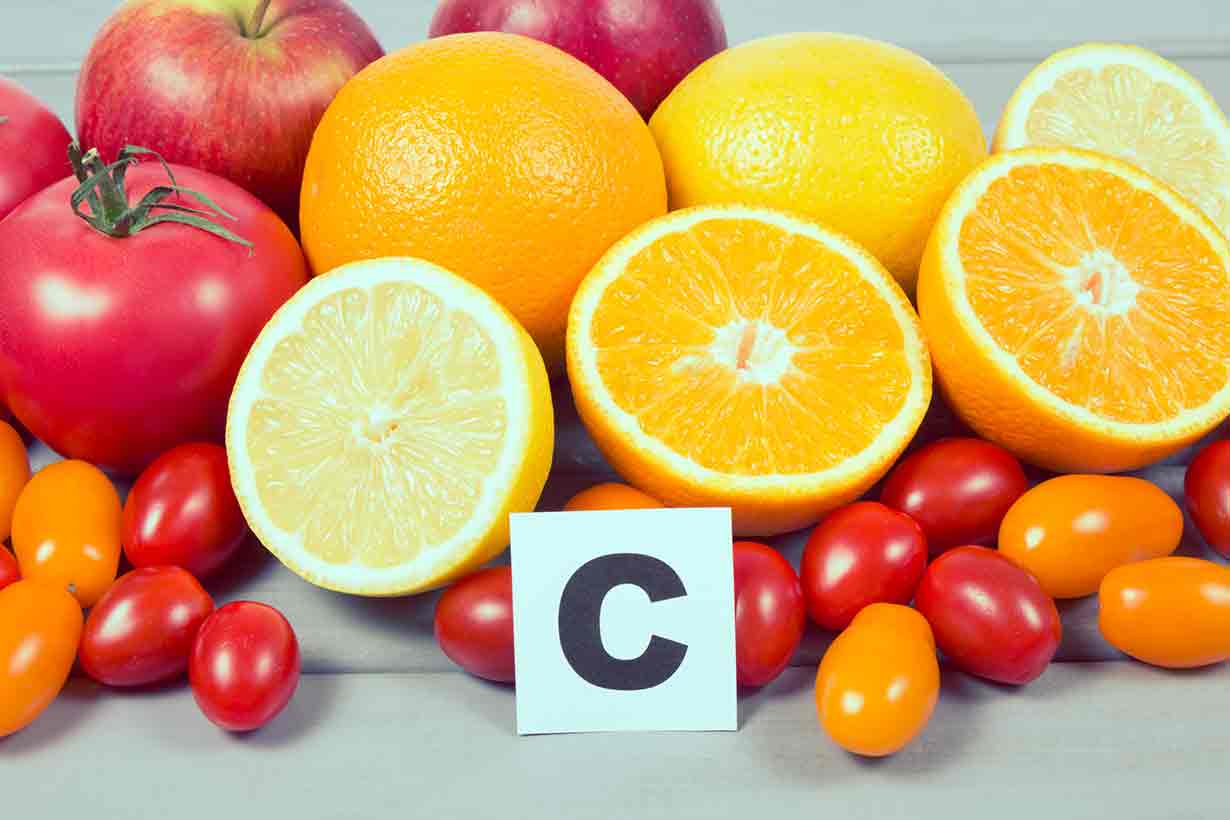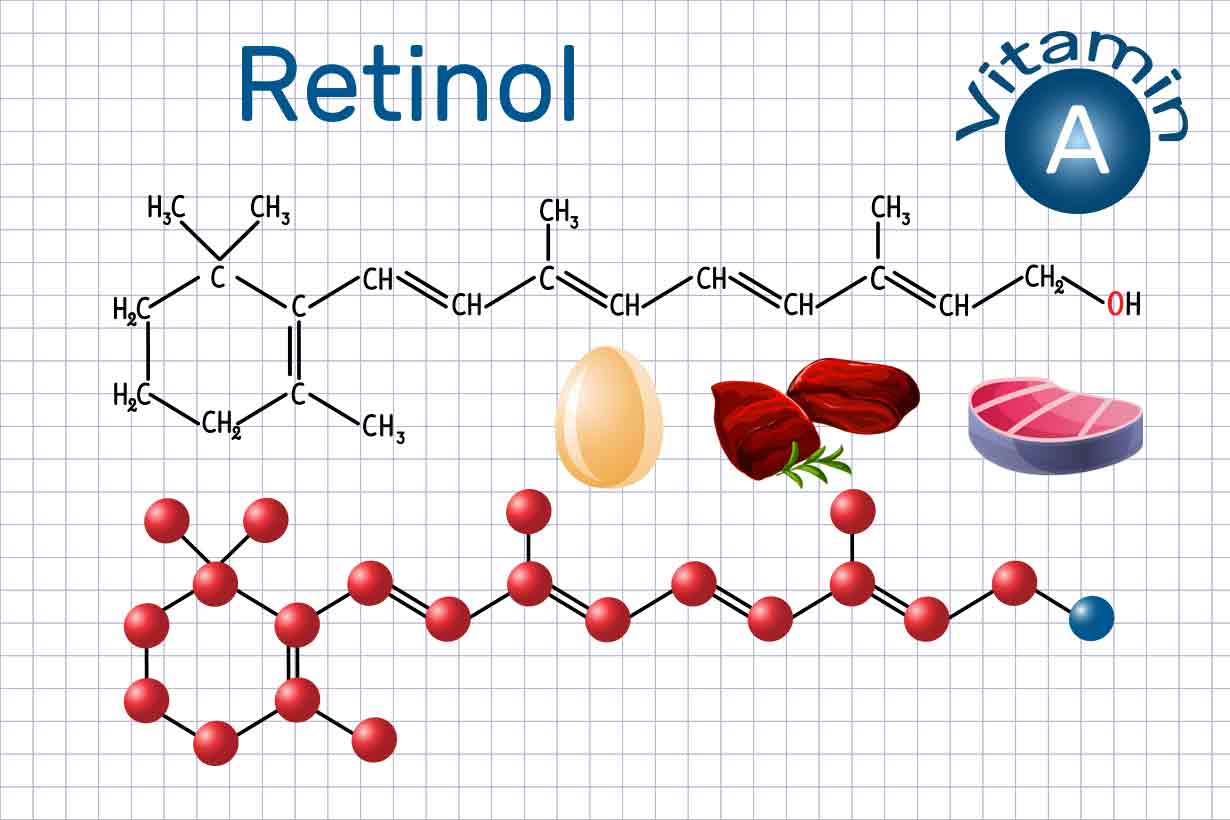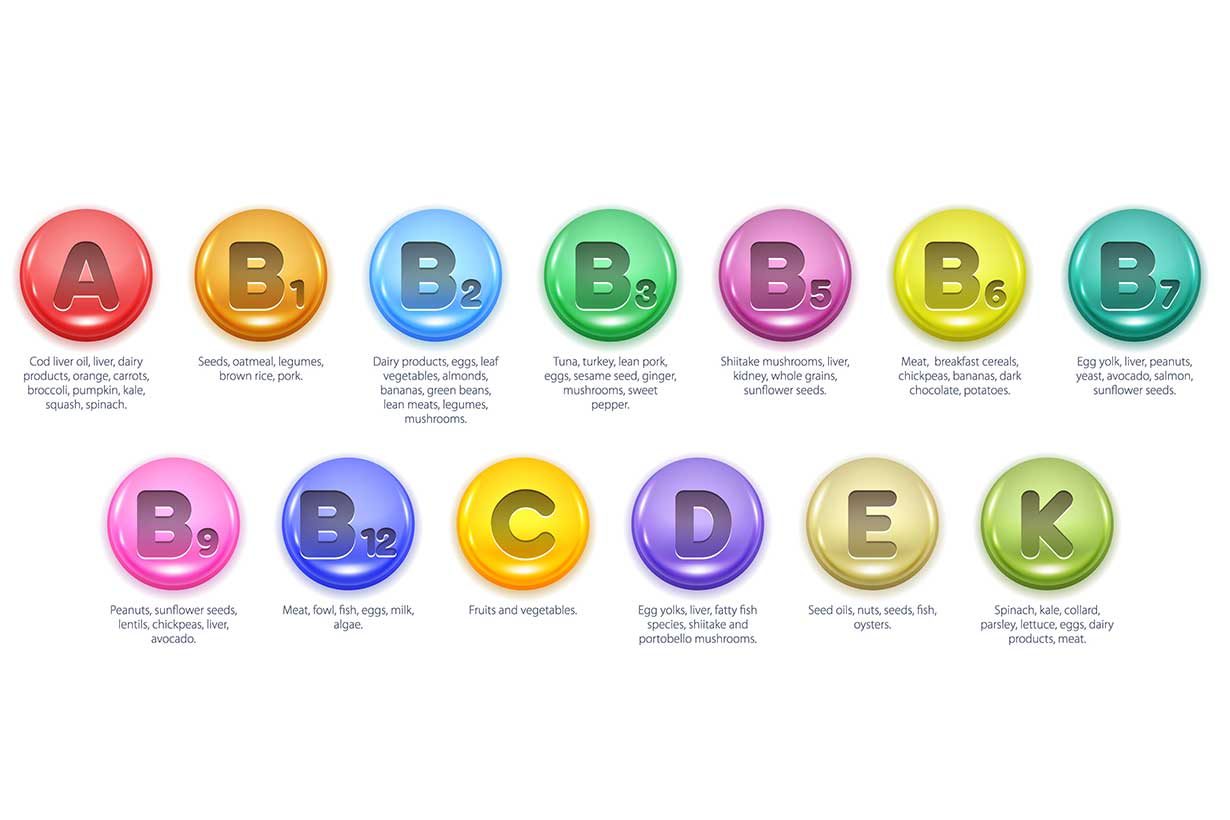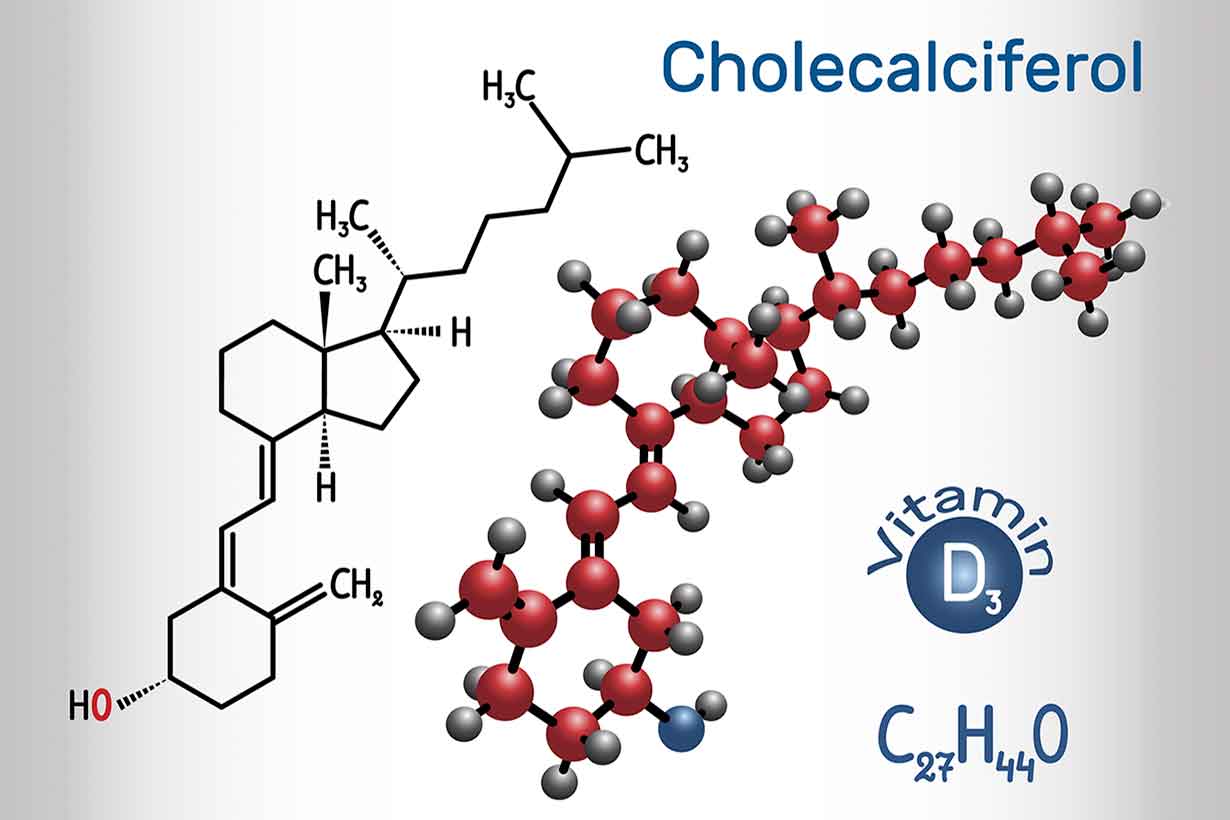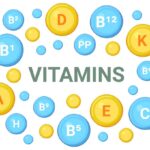Vitamin E is an essential vitamin that plays a crucial role in human health.
This article provides a list of foods high in vitamin E, detailing the amount per serving and per 100 grams.
What are the best dietary sources of vitamin E? Let’s find out.
What Is Vitamin E?
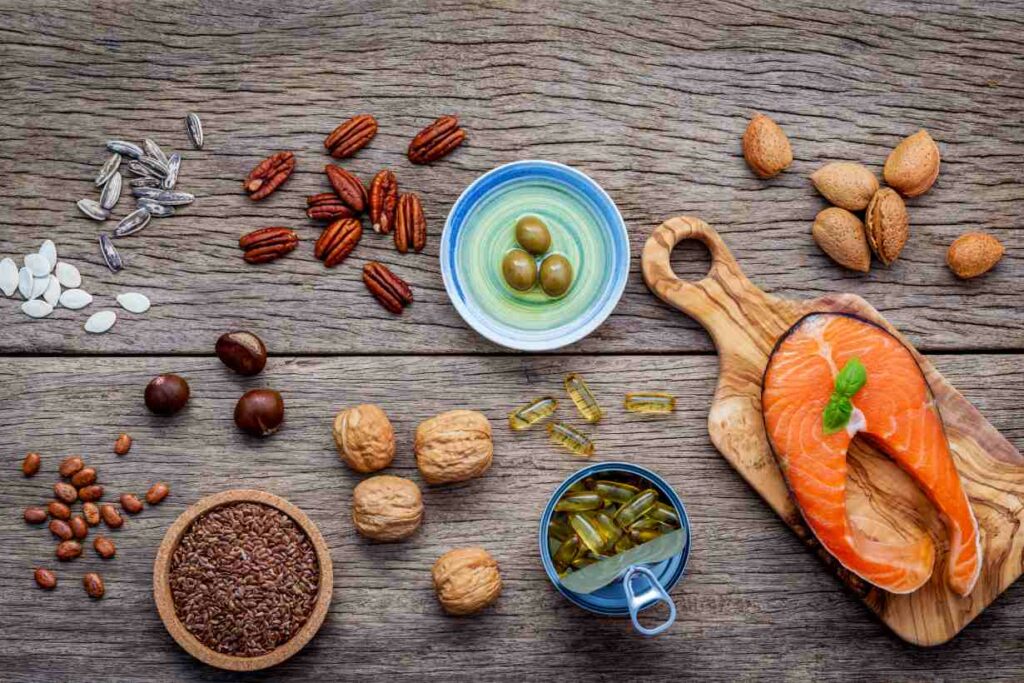
Before looking at vitamin E-rich foods, here is a summary of vitamin E, its functions, and how much we require daily.
Vitamin E is a fat-soluble essential vitamin, meaning it is absorbed alongside fat.
Other fat-soluble vitamins include vitamins A, D, and K.
Among its functions, vitamin E plays a vital antioxidant role in the body, helping to limit free radical damage (1).
Vitamin E also helps strengthen the immune system to fight off colds, viruses, and bacterial infections (2).
How Much Vitamin E Do We Need?
The US Food and Drug Administration (FDA) has set a recommended daily value (% DV) for vitamin E at 15 mg per day (3).
This daily value is based on a typical 2000-calorie diet.
Foods High In Vitamin E
There are many sources of vitamin E, but nuts, seeds, oils, and seafood tend to contain the highest amounts.
Based on data from the USDA’s FoodData Central database, here are thirty common foods high in vitamin E.
The listing is in alphabetical order.
1) Almonds
| Vitamin E per 100 grams | Vitamin E per ounce (28g) serving |
|---|---|
| 25.6 mg (171% DV) | 7.26 mg (48% DV) |
Almonds are a nutrient-rich nut, offering high amounts of vitamin E alongside protein, fiber, and a broad range of vitamins and minerals.
Per typical ounce (28.35g) serving, almonds provide 7.26 mg of vitamin E, equal to 48% of the daily value (4).
2) Asparagus
| Vitamin E per 100 grams | Vitamin E per cup (135g) serving |
|---|---|
| 1.13 mg (8% DV) | 1.52 mg (10% DV) |
Asparagus is a great-tasting, nutrient-rich vegetable, and it provides a good amount of vitamin E too.
A 135-gram (raw weight) cup serving of asparagus provides 10% of the daily value for vitamin E (5).
3) Avocado
| Vitamin E per 100 grams | Vitamin E per 201-gram avocado |
|---|---|
| 2.07 mg (14% DV) | 4.16 mg (28% DV) |
In addition to being an excellent source of healthy fats, avocados provide a good amount of fat-soluble vitamin E.
A typical avocado provides 28% of the recommended daily value for vitamin E (6).
4) Beet Greens
| Vitamin E per 100 grams | Vitamin E per 150-gram cup |
|---|---|
| 1.93 mg (13% DV) | 2.9 mg (19% DV) |
Beet greens offer a lot nutritionally, containing exceptionally high amounts of vitamin C and vitamin K1.
This leafy green is also a good source of vitamin E; a cup of cooked beet greens supplies 19% of the daily value (7).
5) Canola Oil (rapeseed)
| Vitamin E per 100 grams | Vitamin E per tablespoon (14g) serving |
|---|---|
| 17.3 mg (115% DV) | 2.42 mg (16% DV) |
Many nuts and seeds are rich sources of vitamin E.
As a result, oils produced from these nuts and seeds contain a high proportion of the vitamin.
Canola oil offers 16% of the daily value of vitamin E per tablespoon serving (8).
6) Chili Powder
| Vitamin E per 100 grams | Vitamin E per teaspoon (2.7g) serving |
|---|---|
| 38.1 mg (254% DV) | 1.03 mg (7% DV) |
People generally use herbs and spices like chili powder in small amounts.
However, even in small quantities, chili powder still provides a moderate amount of vitamin E.
A teaspoon serving of chili powder provides 7% of the daily value for vitamin E (9).
7) Conch
| Vitamin E per 100 grams | Vitamin E per cup (127g) serving |
|---|---|
| 6.33 mg (42% DV) | 8.04 mg (54% DV) |
Conch is a type of shellfish known as a gastropod mollusk, and it is extremely nutrient-rich.
Among the nutrients it contains, conch offers a significant source of vitamin E.
Per 127-gram (cooked) serving, conch provides 54% of the vitamin’s daily value (10).
8) Crab
| Vitamin E per 100 grams | Vitamin E per cup (135g) serving |
|---|---|
| 1.84 mg (12% DV) | 2.48 mg (17% DV) |
Alongside several other shellfish varieties, crab offers a good source of vitamin E.
A 135-gram cup serving of cooked blue crab provides 17% of the recommended daily value (11).
9) Eel
| Vitamin E per 100 grams | Vitamin E per fillet (204g) |
|---|---|
| 4.0 mg (27% DV) | 8.16 mg (54% DV) |
Eel is an oily fish that provides protein, omega-3, and a range of vitamins and minerals.
The fish has a high vitamin E content, with a 204-gram fillet of eel (raw weight) providing 54% of the daily value (12).
10) Hazelnuts
| Vitamin E per 100 grams | Vitamin E per ounce (28g) serving |
|---|---|
| 15.0 mg (100% DV) | 4.2 mg (28% DV) |
Hazelnuts are one of the most common nut varieties and an excellent source of vitamin E.
An ounce (28g) serving of the nuts provides 28% of the daily value (13).
11) Herring
| Vitamin E per 100 grams | Vitamin E per 90-gram fillet |
|---|---|
| 1.74 mg (12% DV) | 1.57 mg (10% DV) |
Herring is a good source of omega-3, protein, and fat-soluble vitamin D and E.
A typical fillet of herring offers 10% of the daily value for vitamin E (14).
12) Kiwi Fruit
| Vitamin E per 100 grams | Vitamin E per 75-gram fruit |
|---|---|
| 1.3 mg (9% DV) | 0.975mg (7% DV) |
Kiwi provides more vitamin E than most other fruits.
A regular-sized kiwi fruit has 0.975 mg of vitamin E content, equivalent to 7% of the daily value (15).
13) Olive Oil
| Vitamin E per 100 grams | Vitamin E per 14-gram tablespoon |
|---|---|
| 20.9 mg (139% DV) | 2.93 mg (20% DV) |
Like avocado, olives are another fatty fruit with high vitamin E content.
Thus, the oil products from olives are a rich concentrated source of the vitamin.
A tablespoon serving of olive oil provides 20% of the daily value for vitamin E (16).
14) Peanuts
| Vitamin E per 100 grams | Vitamin E per ounce (28g) serving |
|---|---|
| 8.33 mg (56% DV) | 2.36 mg (16% DV) |
In addition to protein, fiber, and a range of vitamins and minerals, peanuts are rich in vitamin E.
Just an ounce serving (roughly a handful) of peanuts provides 16% of vitamin E’s daily value (17).
15) Pine Nuts
| Vitamin E per 100 grams | Vitamin E per ounce (28g) serving |
|---|---|
| 9.33 mg (62% DV) | 2.61 mg (17% DV) |
Pine nuts are tasty little nuts that add a lot of flavor to food and are one of the main ingredients in pesto.
The vitamin E content of pine nuts is 2.61 mg per ounce, equal to 17% of the daily value (18).
16) Pistachios
| Vitamin E per 100 grams | Vitamin E per ounce (28g) serving |
|---|---|
| 2.59 mg (17% DV) | 0.734 mg (5% DV) |
While not quite as rich in vitamin E as some other nuts, pistachios still provide a good amount of the nutrient.
A handful (ounce serving) of pistachio nuts offers 5% of the daily value for vitamin E (19).
17) Quinoa
| Vitamin E per 100 grams | Vitamin E per cup (185g) serving |
|---|---|
| 0.63 mg (4% DV) | 1.16 mg (8% DV) |
While often referred to as a whole grain, quinoa is technically a pseudocereal.
Quinoa offers a broad range of vitamins and minerals, including vitamin E.
A cup serving of cooked quinoa offers 8% of the daily value for vitamin E (20).
18) Red Bell Pepper
| Vitamin E per 100 grams | Vitamin E per regular (120g) red bell pepper |
|---|---|
| 1.58 mg (11% DV) | 1.9 mg (13% DV) |
Red bell peppers provide a significant amount of vitamins for very few calories.
Among these vitamins, a regular 120-gram red bell pepper provides 13% of the daily value for vitamin E (21).
19) Rice Bran Oil
| Vitamin E per 100 grams | Vitamin E per tablespoon (13.6g) serving |
|---|---|
| 32.3 mg (215% DV) | 4.39 mg (29% DV) |
Rice bran oil is one of several vegetable oils to offer high vitamin E content.
Per tablespoon serving, rice bran oil contains 4.39 mg of vitamin E, representing 29% of the daily value (22).
20) Rye Flour (Dark)
| Vitamin E per 100 grams | Vitamin E per 128-gram cup |
|---|---|
| 2.73 mg (18% DV) | 3.49 mg (23% DV) |
Dark rye flour provides more vitamin E than any other grain flour.
A 128-gram cup of dark rye flour has a vitamin E content equivalent to 23% of the daily value (23).
21) Salmon
| Vitamin E per 100 grams | Vitamin E per 178-gram 1/2 fillet |
|---|---|
| 1.14 mg (8% DV) | 2.03 mg (14% DV) |
Salmon is a popular oily fish that provides a wide range of vitamins and minerals.
This fish is among the best seafood sources of vitamin E; half a fillet of cooked Atlantic farmed salmon provides 14% of the daily value (24).
22) Sardines
| Vitamin E per 100 grams | Vitamin E per 92-gram can |
|---|---|
| 2.04 mg (14% DV) | 1.88 mg (13% DV) |
Sardines are another common seafood option with a good vitamin E content.
A typical 92-gram can of sardines offers 13% of the daily value for vitamin E (25).
23) Shrimp
| Vitamin E per 100 grams | Vitamin E per 135-gram cup |
|---|---|
| 1.98 mg (13% DV) | 2.67 mg (18% DV) |
Shrimp is a protein-rich shellfish that provides a broad range of vitamins and minerals.
Cooked shrimp provides 2.67 mg of vitamin E per cup serving, which is 18% of the daily value (26).
24) Spinach
| Vitamin E per 100 grams | Vitamin E per 180-gram cup |
|---|---|
| 2.38 mg (16% DV) | 4.28 mg (29% DV) |
Spinach is a nutrient-rich leafy green vegetable, and it provides a good source of vitamin E.
A cup serving of cooked spinach provides 29% of the recommended daily value (27).
25) Sunflower oil
| Vitamin E per 100 grams | Vitamin E per tablespoon (14g) serving |
|---|---|
| 41.1 mg (274% DV) | 5.75 mg (38% DV) |
Sunflower oil is another seed-derived oil that contains significant amounts of vitamin E.
A tablespoon serving of sunflower oil provides 38% of the daily value (28).
26) Sunflower Seeds
| Vitamin E per 100 grams | Vitamin E per ounce (28g) serving |
|---|---|
| 26.1 mg (174% DV) | 7.4 mg (49% DV) |
Like their oil, sunflower seeds offer a substantial amount of vitamin E.
An ounce serving of these seeds provides 49% of the daily value (29).
27) Sweet Potato
| Vitamin E per 100 grams | Vitamin E per 180-gram sweet potato |
|---|---|
| 0.71 mg (5% DV) | 1.28 mg (9% DV) |
While not as high in vitamin E as some foods, sweet potatoes provide a modest amount of the nutrient.
A 180-gram sweet potato cooked in its skin offers 9% of the daily value for vitamin E (30).
28) Tomato Puree
| Vitamin E per 100 grams | Vitamin E per 250-gram cup |
|---|---|
| 1.97 mg (13% DV) | 4.92 mg (33% DV) |
There are several nutritional reasons to consider using tomato puree, such as its unmatched lycopene content.
Tomato puree is also a good source of vitamin E, with a 250-gram cup of tomato puree offering 33% of the daily value (31).
29) Turnip Greens
| Vitamin E per 100 grams | Vitamin E per 145-gram cup |
|---|---|
| 1.87 mg (12% DV) | 2.71 mg (18% DV) |
Although not as well known as vegetables like spinach, turnip greens are a similarly nutrient-rich leafy green.
A cup serving of cooked turnip greens offers 2.71 mg of vitamin E, equal to 18% of the daily value (32).
30) Wheat Germ Oil
| Vitamin E per 100 grams | Vitamin E per tablespoon (14g) serving |
|---|---|
| 149 mg (993% DV) | 20.9 mg (139% DV) |
Wheat germ oil is derived from the germ part of wheat, which is a a concentrated source of nutrients.
The oil provides significant amounts of vitamin E, with a single tablespoon offering more than the daily value.
A tablespoon serving of wheat germ oil contains 139% of the daily value for vitamin E (33).
Final Thoughts
Vitamin E is not as commonly found as many other vitamins and minerals, and specific foods tend to contain it.
The easiest way to obtain sufficient vitamin E is by consuming oily fish, leafy greens, nuts and seeds, and unsaturated oils like Canola, olive oil, and wheat germ oil.

